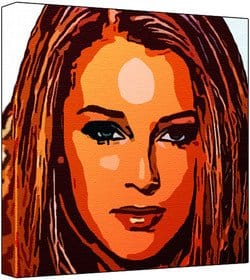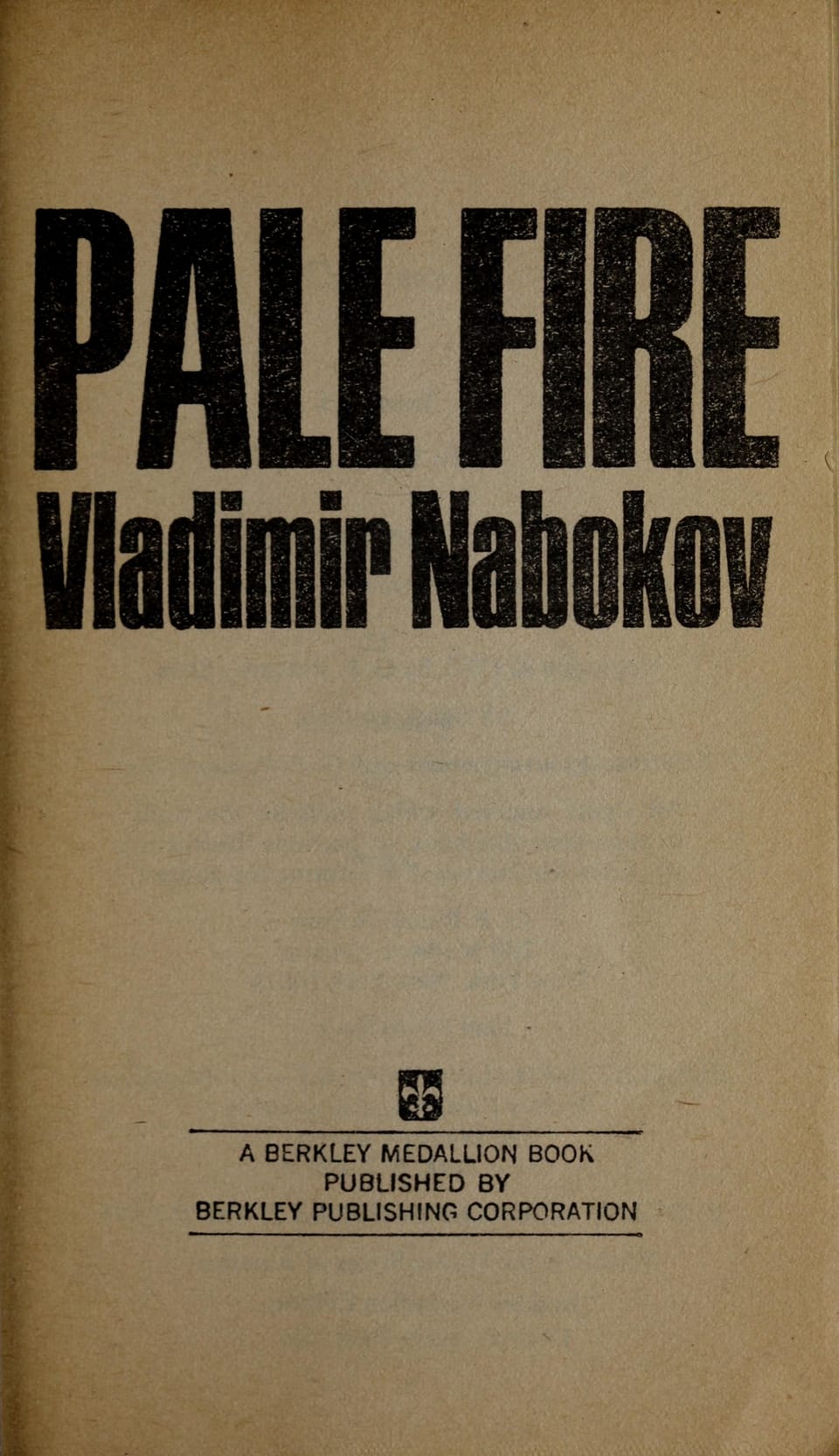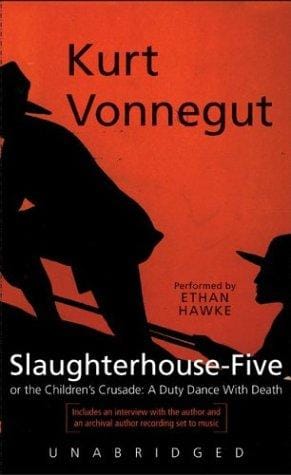A Reader’s Guide to The Pickwick Papers
Discover the plot, characters, themes and enduring influence of Charles Dickens' debut novel, The Pickwick Papers, in this literary deep dive.

Introduction to The Pickwick Papers
First published in 1836, The Pickwick Papers was Charles Dickens’s first novel and an immediate cultural sensation. Serialized in monthly installments, the comic adventures of Samuel Pickwick and his club of eccentric companions captured the imagination of a rapidly expanding reading public. Today, the book is often remembered for its slapstick humor and unforgettable persona of Sam Weller, yet the narrative also offers early examples of the social critique that would come to define Dickens’s mature work. This article provides a concise, SEO-friendly guide to the novel’s background, plot, characters, themes and continuing legacy, helping new readers decide whether to pick up this Victorian classic.
Background: Dickens’ Road to Fame
Before Pickwick, Dickens was a 24-year-old journalist publishing humorous sketches under the pen name "Boz." Publisher Chapman & Hall hired him to supply monthly text to accompany Robert Seymour’s sporting illustrations. When Seymour died after the first installment, Dickens seized creative control, reversing the project’s original concept: instead of illustrations leading the story, the story would now dictate the images. Sales were modest until the character of Sam Weller appeared in the fourth part, whereupon circulation skyrocketed from 1,000 to more than 40,000 copies. The phenomenon transformed Dickens into Britain’s most famous novelist and demonstrated the commercial power of serialized fiction.
Plot Overview and Key Episodes
The novel follows the benevolent, rotund Samuel Pickwick, founder of the Pickwick Club, who, along with Tracy Tupman, Augustus Snodgrass and Nathaniel Winkle, embarks on a series of journeys to observe "human nature." The episodes are loosely connected, more picaresque than tightly plotted, and include such set pieces as a disastrous cricket match, a duel fought over a misunderstanding, and the memorable experience of being locked in the Fleet debtors’ prison. Throughout their travels, the Pickwickians encounter a rogues’ gallery of innkeepers, lawyers and charlatans, all eager to exploit polite naiveté. Comic digressions, short stories within the story, and local color round out the 57-chapter odyssey.
Memorable Characters in Pickwick Papers
Much of the novel’s charm derives from its exuberant cast. Mr. Pickwick himself is kindhearted, bumbling and stubbornly idealistic. His valet, Sam Weller, speaks in sparkling Cockney idioms that became catchphrases across England; their master-servant relationship quickly forms the narrative’s emotional center. Among secondary figures, Mr. Jingle — a slippery actor who survives by spinning outrageous lies — provides an early template for Dickensian villains. The scheming lawyer Mr. Dodson and his partner Mr. Fogg embody the era’s predatory legal system, while the perpetually melancholy Mrs. Leo Hunter satirizes fashionable literary salons. Each character, no matter how briefly introduced, is etched with theatrical specificity and comic exaggeration.
Major Themes and Social Commentary
Beneath the farce lies sharp social commentary. Dickens exposes the injustices of debtor imprisonment, lampoons sham lawsuits and condemns electoral corruption in the Eatanswill by-election episode. Hospitality and class relations are explored through endlessly varied inns, coaches and dining tables, suggesting that mobility, rather than birth, shapes identity in industrial Britain. Friendship functions as both theme and structure: the Pickwickians’ loyalty contrasts with the opportunism of those they meet. Finally, the novel celebrates storytelling itself; embedded tales like "The Goblins Who Stole a Sexton" foreshadow the author’s later interest in ghostly Christmas narratives. Together, these thematic strands elevate Pickwick from episodic romp to cultural document.
Legacy and Influence on Literature
The Pickwick Papers pioneered techniques that defined modern popular fiction. Its cliff-hanger endings created appointment reading decades before television serials. Fan clubs, stage adaptations and merchandising — Pickwick cigars, Sam Weller top hats — constituted an early form of transmedia branding. Writers from William Thackeray to P. G. Wodehouse borrowed its comic tone, while legal scholars still cite the Dodson and Fogg case when discussing defamation. Internationally, the book’s success opened lucrative American markets for British authors, though rampant piracy pushed Dickens to campaign for copyright reform. Even its business model left a mark: contemporary platforms such as Substack and web-comic sites echo the pay-per-installment strategy first perfected here.
Why The Pickwick Papers Still Matters Today
Nearly two centuries later, The Pickwick Papers remains remarkably accessible. Its episodic design lets modern readers dip in and out, much like streaming series episodes, while its satire of media hype, political spin and predatory litigation feels uncannily current. Above all, the warmth between Pickwick and Weller exemplifies Dickens’s lifelong faith in the transformative power of empathy. Whether you are a student looking for a summary, a book-club organizer seeking a lively classic, or a traveler planning a literary tour of London, revisiting Pickwick offers both entertainment and insight. The laughter it provokes is inseparable from the humanity it defends.



